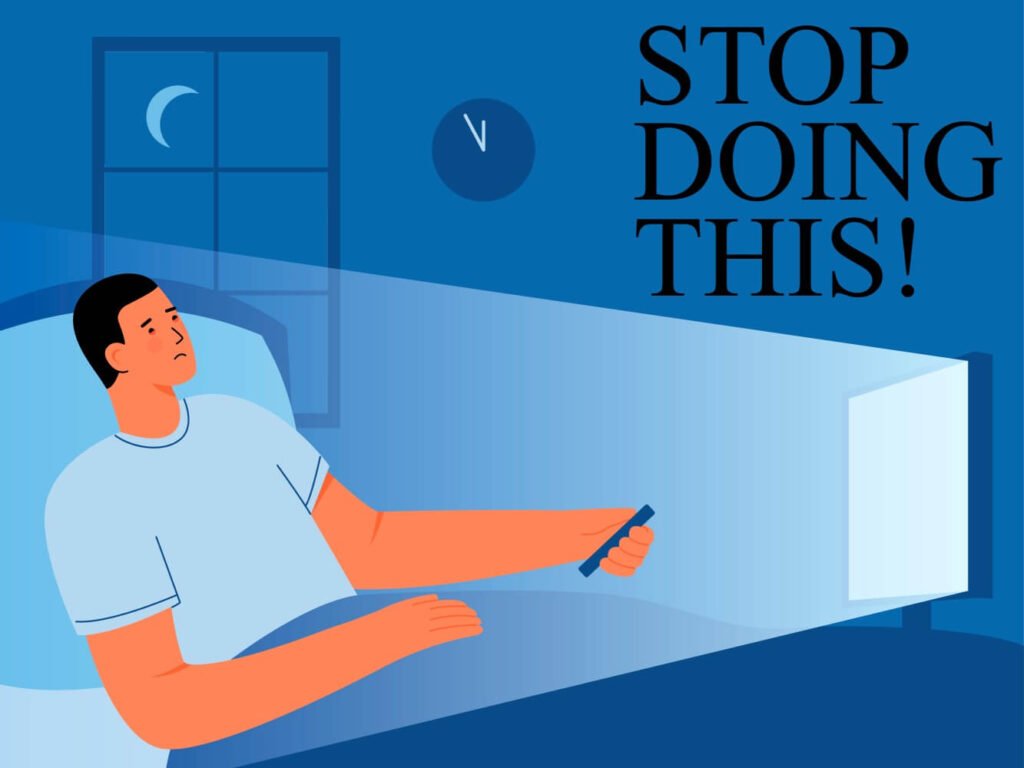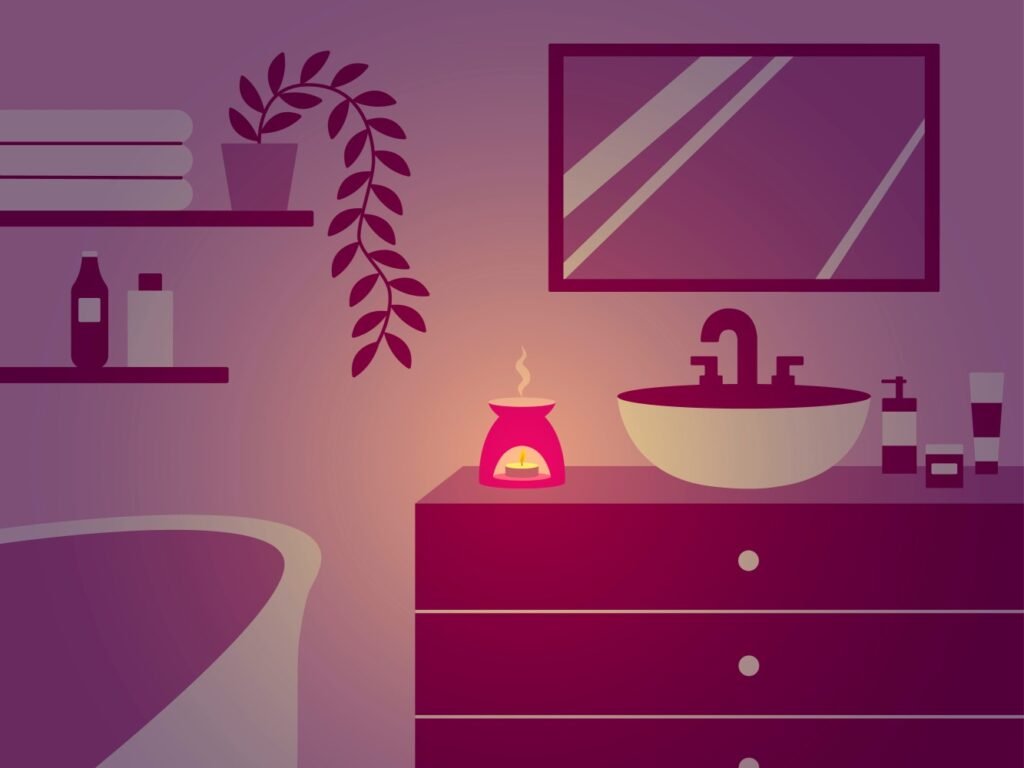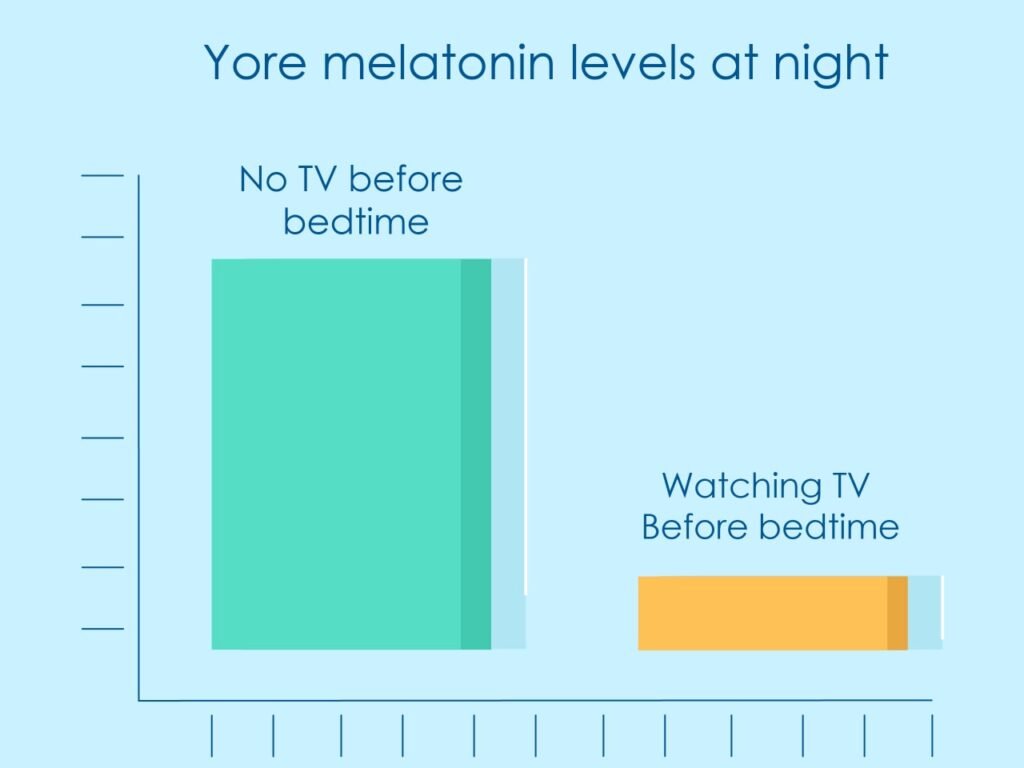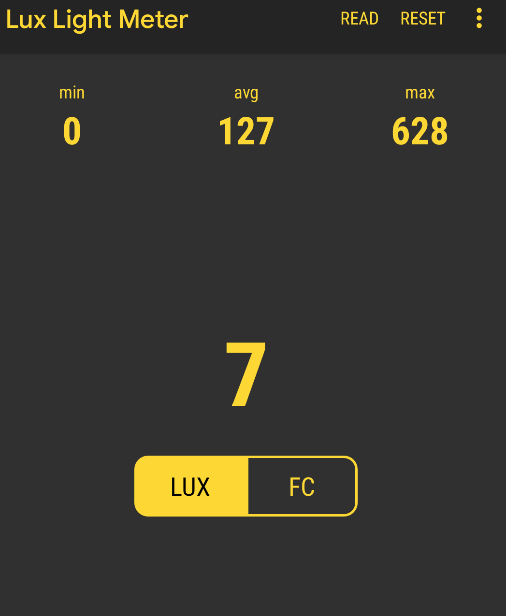
Sleeping in uninterrupted darkness is crucial for a night of high-quality sleep.
It is even a protective mechanism against the development and growth of cancer.[1]
However, it does not mean you must suffer from bad sleeping quality while you only want to have some source of light in your bedroom during the night.
A low-temperature light with an illuminance of less than 10 lux is the best light for sleep. By using that, you will be able to:
- Create a relaxed/romantic atmosphere in your bedroom.
- Enjoy high-quality sleep.
- Reduce anxiety.
- Do relaxing activities, such as reading a book, before falling asleep.
- Keep your melatonin (sleep hormone) levels high during the night.
- Do your “before sleep arrangements” without disturbing the sleep of your spouse.
It is quite easy to achieve that. Here is how:
How to Create the Best Light for Sleep
1. Get a low-temperature light
High-temperature light destroys your melatonin production, which will cause you to have a bad night of sleep.
That is even if you are only exposed to it 45 minutes before bedtime.
In other words, being exposed to the wrong type of light during the night will lead you to wake up with less energy, and having a hard time focusing during the day.

This means that you should switch your light sources to a low-temperature one around an hour before bedtime.
But what is the lowest-temperature source of light?
The answer is the red light.
Red light has no negative effect on your melatonin (the sleep hormone) production during the night,[2] which makes it the best light for sleep.
Red light sources are:
- Himalayan salt lamps. Make sure you use a lamp with a brightness adjustment. Unfortunately, the best lamp I could find online works only with 110 volts.
- Candles. They are best to be used inside an oil burner, so you can enjoy the relaxing aroma of essential oils, such as Lavender, Cedarwood, Orange, and Jasmin.
- Red light bulbs. There are some scammers selling white LED lamps with a red cover instead of actual red light bulbs. Be careful when you are shopping for them.

If you have to use a digital clock that shows the time at night, then it is better for it to have red digits with low brightness.
Though, I must warn you…
Waking up in the middle of the night to a red bedroom might be a little creepy when you are not used to it.
But in time, you will get used to it.
View this post on Instagram
2. Adjust the illuminance.
Red light induces potent NREM sleep and REM sleep at intensities above 10 lx in the dark phase.[3]
In other words, even though the red light is not hurting your melatonin production, it can still hurt your quality of sleep if it is too strong.
Therefore, if you use a Himalayan salt lamp during the night, it is recommended to adjust the brightness to the minimum required for your needs.
If you want to make sure the illuminance is below 10 lux, there are many free lux meter apps in the app store.
The illuminance of a white light bulb is more than 500 lux.
If I put my phone screen as close as possible to a white light bulb, the lux meter app will show a value of more than 10,000 lux.
The highest amount of lux I was able to produce with a small candle was 12 lux.
However, when I moved my phone screen 1 inch away from the candle, it went down to 7 lux.
Therefore, it is safe to say that a small candle is a recommended light source during the night, especially when it is lit inside an oil burner as it will be spreading the relaxing aroma of essential oils.
If you are using a red light bulb, it will have to be adjustable in order to set the light below 10 lux in your bedroom.
Moonlight is also a great source of light during the night because its illuminance is below 1 lux.
3. Test
After you have switched to using a red light during the night, test if you fall asleep faster and/or feel more energized the morning and the day after.
If you don’t see any improvement, try another type of red light.
For example, if I use a white LED light while taking a shower, shaving, and brushing my teeth in the bathroom an hour before bedtime, I feel drowsy in the morning after.
But if I use a candle inside an oil burner with some essential oils instead, I feel very energetic the morning and the day after.

On the other hand, if I use candle lights in my bedroom during the night, it takes me longer to fall asleep than if I sleep in total darkness.
With a Himalayan salt lamp, I can fall asleep easily.
Everyone is different, so test it out and see what works best for you.
Avoid Melatonin Destroyer Lights
Using the wrong type of light at night might decrease your melatonin production by 80%.[4][5][6]
When the sensors in your eyes are exposed to a high-temperature light, they tell your brain that it is the middle of the day and that you should be awake.
Therefore, it is great to wake up to this type of light, but you do not want to be exposed to it during the night.
The high-temperature light you are usually exposed to during the day is blue light.
It is the light emitted from TVs, computers, and smartphone screens, etc.

You must avoid those lights an hour before bedtime and during the night.
If you cannot avoid high-temperature light sources, this is how you minimize the damage:
- In the evening, dim the brightness of the light bulbs and screens. For children, bright light harms melatonin production 4 times more than dimmed light.[7]
- Use apps that reduce the light from the screen, such as f.lux and twilight.
- Wear blue-light blocking sunglasses.
- If you sleep in a bedroom with a light source that is not a red light, use an eyes cover.
Take into account that even if you block the blue light from the screens, surfing the internet and watching TV increases the release of dopamine,[8] which makes you feel more alert.
Replace using screens at night with an activity that is just as enjoyable, so you will be able to make it a habit (meditation, reading books, etc.).
Also, turn off your smartphone notifications at night.
It is worth mentioning that you absorb light even through your hair or skin.[9] It will not affect your melatonin levels,[10] but some claim that it can increase body temperature.
For children, bright light harms melatonin production 4 times more than dimmed light Share on XFinal Words…
There are impacts caused by being exposed to artificial light during the night indirectly.
Because of a lack of quality sleep, one can suffer from or experience depression, cancer, chronic fatigue, damage to the biological clock, and car accidents.
Even though it is best to sleep in total darkness, there are many reasons why you might want to sleep with a light turned on.
Because of that, many people may use the regular white LED light, or even worse, they go to sleep with the TV on.
I hope I have explained why that is a bad idea and how you can avoid it.
P.S.
Would you like your friends and followers to know what the best light for sleep is, and to help this blog to grow at the same time?





